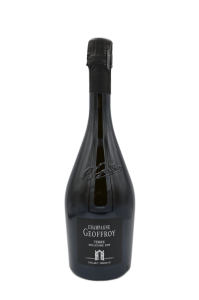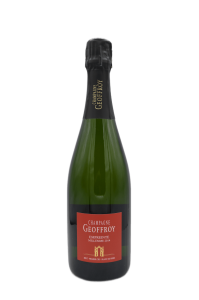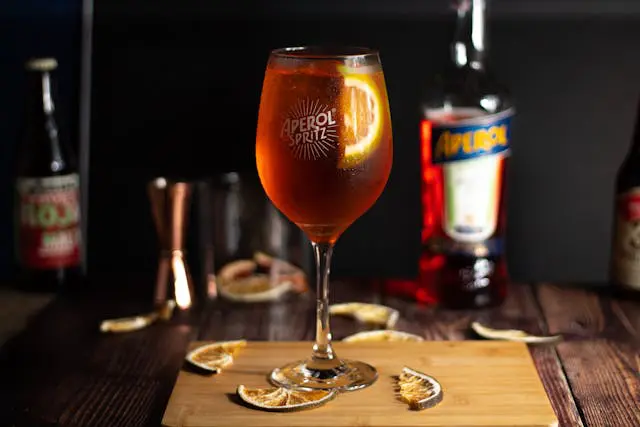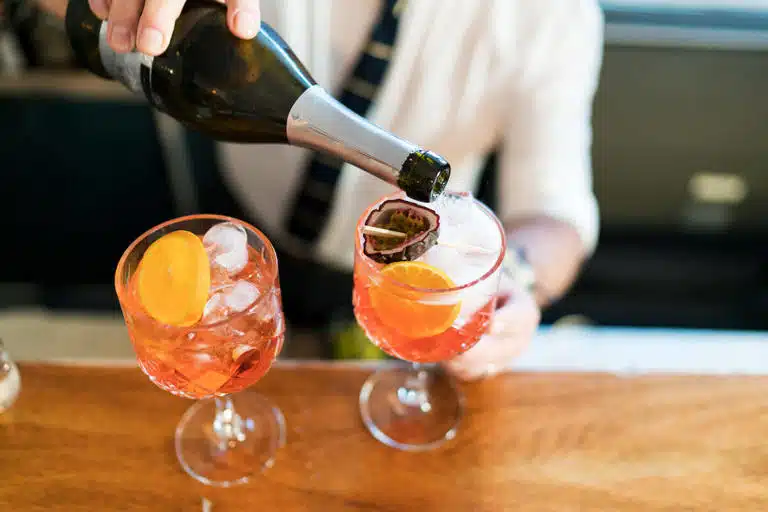If there is one drink worldwide that is synonymous with parties, luxury and special occasions, it is champagne. Champagne is much more than a sparkling wine: it is a culture, a heritage, and for many a symbol of the good life.
From the pop of the cork to the dancing bubbles in the glass, every aspect of champagne exudes a certain elegance and sophistication. Not surprisingly, champagne is often associated with highlights in life, from weddings and birthdays to New Year’s celebrations and graduations.
A dive into the world of champagne
But champagne is not just a drink for special occasions. It is also a fascinating world in itself, full of stories, traditions and craftsmanship. In this article, we take you on a journey of discovery into the basics of champagne. We will talk about the unique origins of this iconic wine, the grapes at the heart of each bottle of champagne, and the secrets behind the elegant bubbles.
Whether you are a seasoned champagne lover looking to deepen your knowledge, or a bubbly newcomer curious about this sparkling wine, this article will offer insights that will help you appreciate champagne in a new and more informed way. So grab your glass and prepare to discover the world of champagne.
Buy champagne?
What is Champagne?
Champagne: More than Just a Sparkling Wine
If you have a bottle of sparkling wine in your hands, can you automatically say you have a bottle of champagne? Not necessary. It is important to understand that not all sparkling wines are champagne.
In fact, “Champagne” is a protected term reserved for sparkling wines that come from a specific geographical area in France and are produced according to strict rules and methods.
Champagne is a sparkling wine produced in the Champagne region of northern France, about 150 kilometers east of Paris. The area is known for its unique calcareous soil and cool, temperate climate, both crucial factors for growing the grapes used to make champagne.
Protected designation
The word “Champagne” is a protected designation of origin. This means that only sparkling wines produced in the Champagne region and made according to the méthode champenoise (a specific process) have the right to bear the name “Champagne. These rules are strictly enforced by the Comité Champagne, the French body that regulates Champagne production.
Champagne versus Other Sparkling Wines
It is also important to understand how champagne differs from other sparkling wines. Although many delicious sparkling wines are produced worldwide, not all of them have the right to be called “champagne. Prosecco, for example, is a popular sparkling wine from Italy, and Cava is a sparkling wine from Spain. Both are made with different grape varieties and production methods than champagne.
While these wines have their own unique qualities and flavor profiles, they cannot replicate the unique characteristics of champagne, such as its refined bubbles, complexity of flavors, and the rich history and tradition of the Champagne region. So the next time you see a bottle of sparkling wine, you will better understand why the label “Champagne” is so special.
From Wine to Sparkling Wine: The Origins of Champagne
Although viticulture in the Champagne region dates back to Roman times, sparkling wine production, as we know it today, was not the primary goal for a long time. Originally, the vineyards of Champagne were known for their still (non-sparkling) red wines.
However, it was the region’s cool climate that caused an unexpected change. In fact, this climate caused the fermentation of the wine to stop in the fall, only to start up again in the spring when temperatures rose. This second fermentation process created carbon dioxide and thus the characteristic bubbles. Initially, these bubbles were seen as an undesirable anomaly. But as time went on, the unique character of these “effervescent” wines became more appreciated and the creation of sparkling wine became a goal in itself.
The Luxury Image of Champagne
Champagne’s association with luxury and celebration began in the 17th and 18th centuries, when it became the drink of choice of the French court. The bubbles in wine, a relative novelty at the time, fascinated the nobility and soon champagne became a symbol of prestige and elegance.
Champagne was further promoted by savvy marketers who touted the product as a drink for special occasions. This association is still strong today and has contributed to Champagne’s exclusive image.
Important Characters and Events
There are many important figures and events in Champagne’s history, but a few are particularly central. Dom Pérignon, a 17th-century monk, is perhaps the most famous. While not the inventor of sparkling wine, as is often thought, he did make important contributions to improving the quality and consistency of Champagne, including perfecting the blending of grapes from different vineyards.
In the 19th century, the widow (Veuve) Clicquot, also known as Madame Clicquot, played a crucial role in further developing Champagne production methods. It was she who introduced the remuage process, in which bottles are gradually turned and tilted to move yeast residue into the bottle neck. This allowed the yeast to be removed from the bottle without the loss of wine or carbon dioxide, resulting in a clear, sparkling wine.
All these historical developments have contributed to Champagne’s worldwide fame and prestige. Next time you have a glass of champagne, remember that you are not only enjoying a delicious sparkling wine, but also participating in a rich and fascinating history.
Choosing and Serving Champagne
Choosing and serving champagne may be a bit intimidating at first, especially with the many options and terminologies available. But with some handy tips, this process becomes easier and more fun. Below we take a look at choosing the right Champagne and how to best serve it.
Choosing Champagne
Champagne comes in different styles and sweetness levels, so there is something for every taste. An important aspect to understand when choosing Champagne is the degree of sweetness, indicated on the label:
- Brut Nature: This is the driest style of Champagne, with less than 3 grams of sugar per liter. Brut Nature is tight, mineral-rich and goes well with seafood and light appetizers.
- Extra Brut: Slightly less dry than Brut Nature, but still very dry, with 0 to 6 grams of sugar per liter.
- Brut: This is the most common style of Champagne, with less than 12 grams of sugar per liter. It is dry, but with a bit of softness to balance the acidity.
- Extra Sec, Sec and Demi-Sec: These styles are a bit sweeter, with 12-17, 17-32 and 32-50 grams of sugar per liter, respectively. They are excellent paired with slightly sweet desserts or spicy foods.
- Doux: This is the sweetest style of Champagne, with more than 50 grams of sugar per liter. It is an excellent choice for sweet desserts.
You should also pay attention to other terms such as “vintage” (made from grapes from a specific vintage) and “non-vintage” (a blend of different years), which can have different flavor profiles.
Serving Champagne
When it comes to serving Champagne, there are a few key factors to consider:
Temperature: Champagne is best served at a temperature between 8 and 10 degrees Celsius. If the Champagne is too cold, the flavors and aromas can be suppressed. If it is too hot, it may lose its bubbles.
Glassware: While traditional wide “coupe” glasses are romantic, they are not ideal for drinking Champagne because they allow the bubbles and aromas to escape quickly. A flute glass, narrow and tall, is better suited for sparkling wines because it helps retain the bubbles and direct the aromas to your nose.
Now that you know more about how to choose and serve Champagne, you’re ready to find the perfect bottle and enjoy this luxurious wine. Remember, it’s ultimately about your personal taste. Whether you are a fan of Brut Nature or a sweeter Doux, there is a Champagne to suit your taste profile.































































